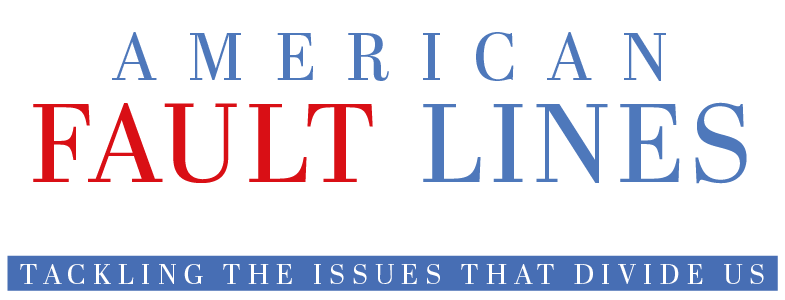Internet.com (May 16, 2001)
Cynics have been saying for years that Internet advertising is for the birds. Now Yahoo has proven them right. And in the process, it may have set a new course for the advertising flock to follow.
Industry analysts see the so-called "takeover ad" that Yahoo ran May 4 for the 2002 Ford Explorer as a bellwether for the next generation of highly interactive, highly intrusive advertising on the Web.
"We're definitely going to see a lot more of this," predicts Cheryl Benton, partner and managing director at Messina Brown Interactive. "The good news is, it pushes the boundaries, we'll learn from it and it will have other iterations,"
The ad, produced by J. Walter Thompson, began with several crows perched on a Ford Outfitters banner under the main Yahoo logo. The birds then flew across the page to a pile of birdseed. As they ate the seeds, a Ford Explorer '02 banner was revealed. Those who clicked on the banner saw their screen start to shake and heard the sound of an engine ignition. A split-second later, the entire Yahoo homepage was replaced by an animated Flash ad for the vehicle.
"The creative platform for the product launch was, 'Experience is life's best souvenir.' So everything we have done has been very interactive," explains Doug Scott, group SUV marketing manager at Ford.
The homepage "takeover ad" -- so named because it literally takes over the full screen -- was part of a broad campaign that includes a heavy television buy, billboards, and a four-page print insert in 24 magazines that requires readers to physically pull off a Poloroid photo.
But the Internet plays an integral role in the campaign. Along with the "takeover ad," which appeared only one day, Ford is running a series of more traditional Web ads on several Yahoo properties and streaming TV spots on Yahoo Broadcast. Another aspect of the campaign involves an interactive golf game on the FordOutfitters.com site, which ties in with a promotion being launched in golf magazines.
"We're looking at connecting with our owners, and one of the things we know about them is they're on the Web much more frequently than buyers of other Ford products," says Scott. "So if you're trying to connect with those owners, the Web is a good medium."
This isn't the first time "takeover ads" have been used. Both Terra Lycos and iWon.com have experimented with them. And numerous sites have used images that move across the page. What has the industry buzzing about the Yahoo ad is the combination of a high-profile site, a high-profile "traditional" advertiser and a memorable concept -- a confluence likely to help legitimize the approach.
"Sites have not been as open to taking these kinds of ads because they didn't have to," observes Susan Bratton, director of marketing at broadband provider Excite@Home. "But now the markets have gotten more competitive and even sites like Yahoo that prides itself on lightweight page loads have elected to load them up with these intrusive messages."
Both Ford and Yahoo object to the term "intrusive".
"In everything we do, we're always focused on the end-user experience," insists Yahoo spokesperson Nicki Dugan. "With that in mind, we worked in conjunction with Ford and JWT to get across their message in a way that's interactive and eye catching but consistent with the user experience."
Though it was clearly more than birdseed, neither side is saying precisely what the home page ad cost. Ford's Scott laughs when asked whether the company paid through the nose for the high-profile exposure.
"The answer is no. The spending on a launch of this size is fairly substantial anyway and this was another medium that we could use besides traditional to achieve our objective," he says. "We spent what we felt was good value and based on the results it was a good buy."
The ad tallied close to 39 million impressions with nearly a half million clicks on the birdseed to activate the on-screen Ford. Of the visitors that got that far, 250-thousand actually clicked through to the fordoutfitters.com site -- an average of 185 visitors a minutes for the 24 hours the ad ran.
"The feedback we've gotten has been phenomenal. There was literally nobody who said they resented us using this," reports Scott.
Even if there was, says Benton of Messina Brown Interactive, complaints have to be put in perspective: "Along the way there are going to be things that are annoying and we'll re-adjust. But let's not kill the fun stuff before we have a chance to try them."
"I think this type of innovation will help the interactive advertising industry, especially as it relates to branding on the Internet," agrees Chytanya Rangaiah, vice president and media director at interactive agency i-Traffic. "I would hope they would publish a case study."
Others say forget fun, focus on results.
"We all know how important the Internet is for a car company, but you're not going to sway people because you've got a bird flying off a perch," says Andrew Pakula, CEO of Orb, an interactive advertising agency that emphasizes real-time transaction tracking. "You may get some PR value out of it, but how does that relate to selling a car?"
Pakula argues that the current high price of producing and serving such interactive ads make them far less cost-efficient than other forms of Web-based and traditional advertising.
"We all have to get into reality. Not a lot of companies have the kind of money to do this," he says. "Sooner or later that CFO is going to come in and say, 'So you spent all this money. What did we get for it?'"
But Benton of Messina Brown Interactive believes the Ford ad represents the inevitable direction of online advertsing: "All the sites trying to sell media are going to have to take this kind of thing seriously if they want traditional advertisers who are interested in the branding experience."
Yahoo is certainly doing just that.
"You can expect to see us continue to expand and explore new creative ways of helping our advertisers reach their objectives," Dugan promises.
And even Pakula agrees Ford's experiment represents the inevitable future: "The Holy Grail is interactive TV and as we edge our way in that direction, sooner or later it's going to become cost-efficient to produce it."


